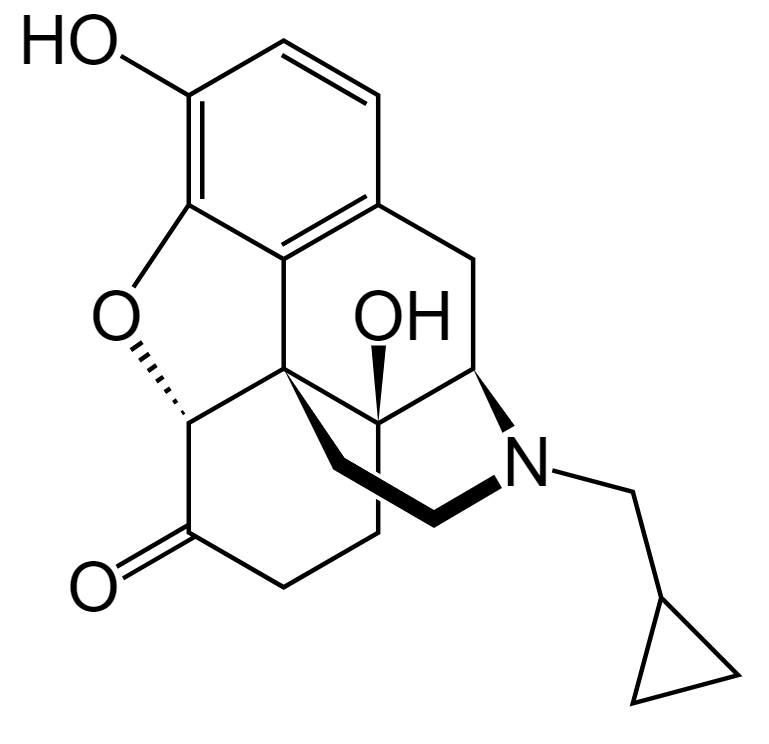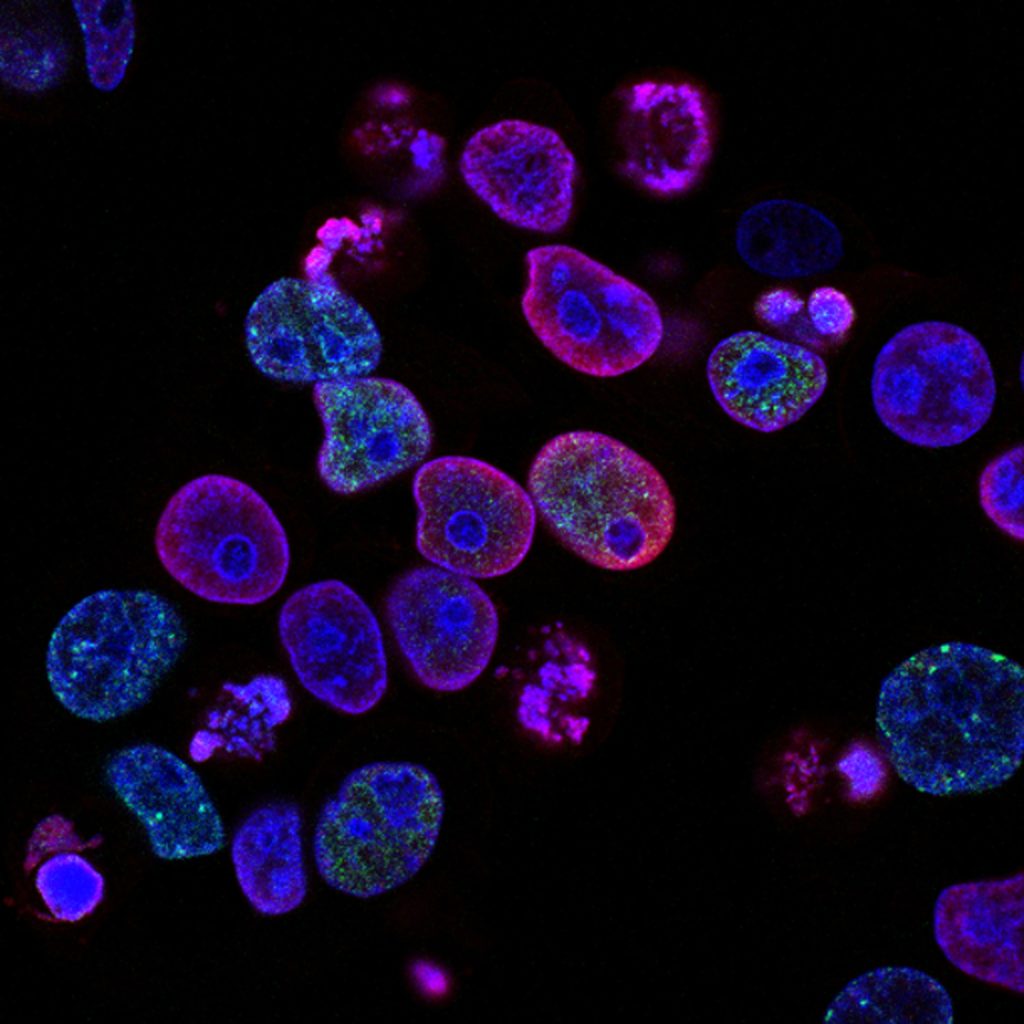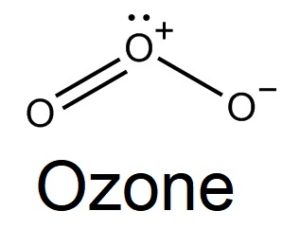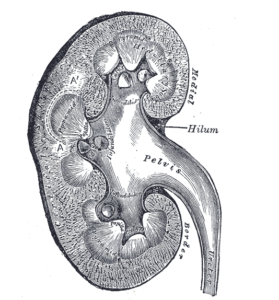Low-Dose Naltrexone: A Potential Treatment for Some Challenging Conditions

Naltrexone is a standard pharmaceutical medication. In regular doses of 50 to 100 mg, it is used for treating addiction. The medication works by blocking opiate receptors. If an individual is struggling with opioid addiction, taking naltrexone will block the “high” from illicit drug use.
The human body produces natural opioids: endorphins and enkephalins. These natural opiates act as feel good chemicals involved in the pleasure response. They also can help reduce pain and stress. Both legal pain-relieving medication, including morphine, oxycodone and hydrocodone and illegal opioid drugs like opium and heroin work by stimulating the opiate receptors throughout the body.
Low-Dose Naltrexone: Mechanism of Action
In the 1980s, researchers started to discover interesting effects of naltrexone at lower than standard doses. A study on mice found that injections of low doses of naltrexone could decrease tumor incidence and increase survival time in an animal model of brain cancer (Zagon 1983). This research slowly started to expand into clinical practice with the off-label use of low-dose naltrexone for a number of difficult to treat conditions.
Low-dose naltrexone works differently than standard doses of the drug. In low doses, naltrexone appears to have some pain-relieving effects, potentially through upregulating and enhancing normal opiate responses (Toljan 2018). Additionally, low-dose naltrexone displays anti-inflammatory potential for the brain and central nervous system. By specifically reducing inflammatory signaling through toll-like receptor 4 (TLR4), low-dose naltrexone appears to decrease brain inflammation that contributes to a number of chronic disease states (Younger 2014).
Clinical Studies
Since low-dose naltrexone is an off-patent medication, little interest exists from the pharmaceutical industry to pursue research. Due to low profit potential, clinical research into low-dose naltrexone is proceeding, albeit slowly. Studies suggest potential benefits of low-dose naltrexone for some autoimmune conditions, chronic pain conditions and cancer.
Naltrexone and Autoimmune Conditions
Multiple sclerosis (MS) is a difficult condition to treat. The current data on low-dose naltrexone is somewhat mixed for the treatment of MS. An early trial found improvements in mental health with a very modest reduction of pain (Cree 2010). A double-blind trial on MS found increases in the patients’ perception of health benefits with low-dose naltrexone, but no significant benefits on other measured parameters (Sharafaddinzadeh 2010).
Other autoimmune conditions have shown modest improvements as well. A study on rheumatoid arthritis patients found a reduction in pain medication, including opiates and non-steroidal anti-inflammatory drugs, by 13% with low-dose naltrexone (Raknes 2019).
A small preliminary study on the use of low-dose naltrexone and psoriasis showed significant benefits: of the 15 patients, 8 were rated as having “marked improvement.” An additional 2 patients had “some improvement” from low-dose naltrexone as well (Weinstock 2020).
Studies also suggest benefits with low-dose naltrexone and inflammatory bowel disease. In a pilot study of children with Crohn’s disease, low-dose naltrexone was shown to be of benefit. The treatment was well tolerated with one in four patients achieving remission and two-thirds of patients improved (Smith 2013). A separate study in inflammatory bowel disease found similar results with one in four patients achieving remission and almost three-quarters of patients experiencing significant improvement (Lie 2018).
Chronic Pain Conditions and Low-Dose Naltrexone
Fibromyalgia is a chronic pain condition that is notoriously difficult to treat. A recent dose-finding trial of low-dose naltrexone for fibromyalgia found benefits. Eleven of 25 patients had significant improvements with low-dose naltrexone (Bruun-Plesner 2020). A small placebo-controlled trial of fibromyalgia found a reduction in pain of almost 30% with improvements in mood and general life satisfaction (Younger 2013). A pilot study of low-dose naltrexone on fibromyalgia found a reduction in pain of more than 30% over placebo response (Younger 2009).
Irritable bowel syndrome is a gastrointestinal condition that includes chronic abdominal pain. In a pilot study, low-dose naltrexone showed improvements in 76% of patients with irritable bowel syndrome. Pain-free days on average increased from .5 to 1.25 (Kariv 2006). Low-dose naltrexone has also shown some success in case studies of complex regional pain syndrome, chronic back pain and diabetic neuropathy (Trofimovitch 2019).
Mental Health
Early evidence has also started to suggest potential benefits with low-dose naltrexone and mental health. Studies already covered on MS and fibromyalgia reported improved mood with low-dose naltrexone. A trial in depressed patients with breakthrough depressive symptoms while on medication were given low-dose naltrexone or placebo. Low-dose naltrexone was found to decrease depressive symptoms by 45% (Mischoulon 2017).
Cancer

Cancer research on low-dose naltrexone is also very preliminary, but interesting. Animal models of human ovarian cancer have shown that low-dose naltrexone halts the progression of the condition (Donahue 2011). A later study by the same group confirmed the findings and showed synergy with some standard chemotherapies (Donahue 2011). A mouse study of Ehrlich carcinoma also responded well with significant inhibition of cancer cell growth (Aboalsoud 2020)
Clinical case reports also suggest benefits. A patient with metastasized pancreatic cancer was told he didn’t have long to live. In response, he was treated with a combination of intravenous lipoic acid and low-dose naltrexone. Four years later, he was back to work and doing well without symptoms (Berkson 2006).
A separate patient with lymphoma refused standard treatment but accepted a prescription for low-dose naltrexone. Signs and symptoms of the cancer reversed. After one year of treatment with low-dose naltrexone, the patient was continuing to do well without any cancer symptoms (Berkson 2007). The same author also reported on an additional series of three patients with pancreatic cancer that had remission and stabilization of the condition with intravenous lipoic acid combined with low-dose naltrexone (Berkson 2009).
Ten cases of cancer that had failed all conventional therapy were treated with intravenous lipoic acid and low-dose naltrexone. Life expectancies of the included patients were only two to six months. Of the cases, 6 of them stabilized or had only very slow progression with treatment (Schwartz 2014).
A patient with tongue cancer was successfully treated with low-dose naltrexone, achieving remission (Khan 2014). Stage four renal cancer has also been remitted with intravenous lipoic acid and low-dose naltrexone treatment (Berkson 2018). One final case report documented prolonged survival of a patient with lung cancer using low-dose naltrexone (Miskoff 2018)
Conclusion
Low-dose naltrexone is an interesting treatment approach for a number of difficult to treat conditions, including autoimmune disease, chronic pain, depression and cancer. While data is preliminary, and studies are proceeding slowly due to funding challenges, additional research may help establish how to best use this promising therapy.



